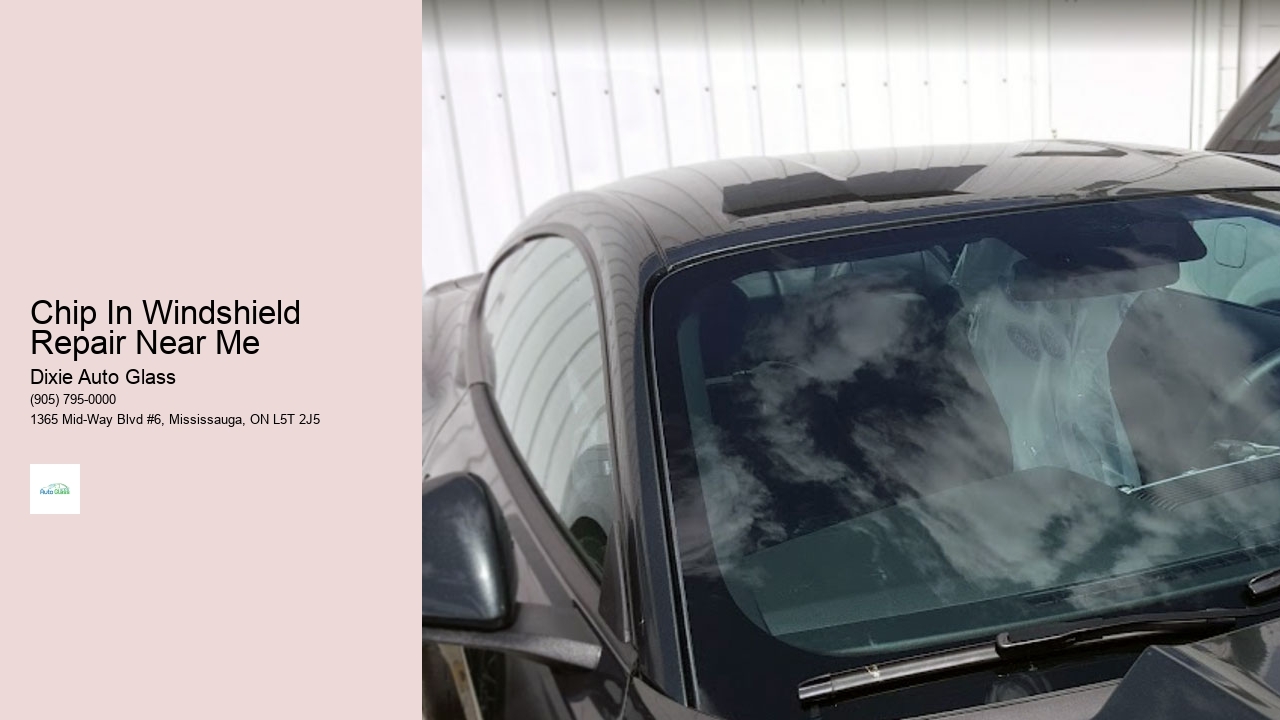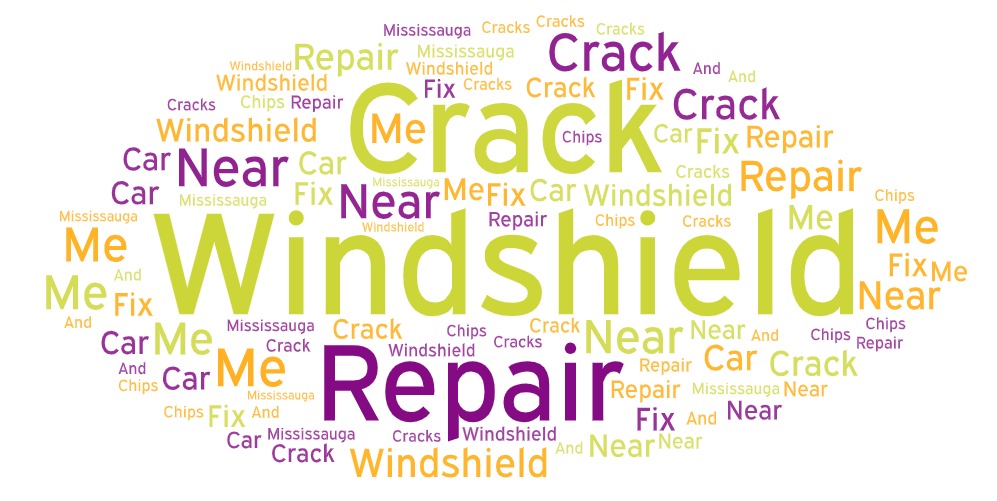

View Windshield Repair Mississauga Dixie Auto Glass in a full screen map
| Affordable Windshield Repair Options – Mississauga Area | |
|---|---|
| Cheap Windshield Repair | Budget-friendly chip and crack repair without sacrificing quality. |
| Windshield Repair Cost | Transparent pricing for all levels of windshield repair services. |
| Windshield Chip Repair Price | Affordable rates for minor windshield damage fixes. |
| Windshield Repair Prices | Competitive prices for quick and professional glass repair. |
| Car Windshield Repair Cost | Cost-effective options for repairing damaged car windshields in Mississauga. |
At Dixie Auto Glass, we understand how crucial a clear, intact windshield is for your safety. Whether it’s a minor chip from flying gravel or a growing crack from temperature swings, damaged auto glass compromises your view and protection. Based right here in Mississauga, we’ve built our reputation by helping drivers get back on the road safely with expert windshield repairs and friendly service.
What makes us different? We truly care. Our experienced technicians use high-grade resins and proven techniques to restore your windshield, saving you time, money, and the need for a full replacement. With same-day service and mobile repairs available across Port Credit, Streetsville, Meadowvale, and beyond, we come to you—home, office, or wherever you are.
We also work directly with all major insurance companies to streamline the repair process. In many cases, your repair is covered at no cost to you. For professional, prompt, and personal windshield repairs in Mississauga, count on Dixie Auto Glass. Schedule your appointment today—we’re here to keep your vision clear and your drive safe.
A cracked windshield can occur for a variety of reasons, from the impact of a flying rock to temperature changes or structural weaknesses. Not all cracks are the same; they vary in size, shape, and position on the windshield. It's crucial to understand that the windshield is not just a piece of glass but an integral part of the vehicle's safety structure. It supports the roof, aids in airbag deployment, and contributes to overall cabin integrity.
Driving with a cracked windshield may compromise your safety. Depending on its location, a crack can obstruct your view of the road. Even small cracks have the potential to grow larger over time due to vibrations from driving and temperature fluctuations. In some cases, this can lead to unexpected shattering of the windshield while driving which is highly dangerous for both you and other road users.
There are legal considerations when it comes to driving with damaged auto glass. Many regions have specific laws outlining when a windshield must be repaired or replaced, often based on crack sizes and locations. Driving with a compromised windshield could result in fines or even fail vehicle inspections required by law. This means that what might seem like minor damage could still require prompt attention to keep your vehicle compliant with safety standards.
Assessing whether you should drive with a cracked windshield depends on several factors including size, depth, location, and type of crack. Minor chips outside the driver’s line of sight can sometimes be repaired easily without needing full replacement. However, larger cracks or those that spiderweb across your field of vision generally call for immediate professional assessment and possibly replacement.
To mitigate risks associated with cracked windshields and ensure your own safety as well as others', it's essential to address any damage promptly. Preventative measures such as parking undercover during harsh weather conditions or keeping distance from trucks carrying loose materials can help avoid initial damage. Regular maintenance checks allow for early detection of issues before they become severe enough to impair driving safety or require costly solutions.
Extreme temperatures can cause the glass in windshields to expand and contract, leading to increased stress that may exacerbate existing damage. In hot weather, the outer layer of the glass expands more than the inner layer, potentially causing small cracks to grow larger. Conversely, cold temperatures can make glass more brittle and susceptible to damage from road debris or impact.
Rain, snow, and humidity can all affect windshield integrity. Moisture can seep into tiny cracks or chips in a windshield. When temperatures drop, this moisture freezes and expands, which can enlarge the cracks. Consistent exposure to wet conditions may also weaken the bond between the windshield and its frame, potentially making it less stable.
Prolonged exposure to ultraviolet (UV) rays from sunlight weakens the structural integrity of a windshield over time. The radiation can degrade the plastic layer sandwiched between layers of glass in laminated windshields. As this interlayer deteriorates, cracks may spread more quickly or become irreparable.
High winds can whip up debris such as sticks, stones, or other objects that could strike a windshield with significant force. A direct hit from such materials might not only cause immediate damage but also worsen any pre-existing minor chips or dings due to the additional stress placed on already weakened areas of glass.
A rapid change in temperature—known as thermal shock—can have severe consequences for damaged windshields. For example, pouring hot water on an icy windshield to clear it might seem like an effective shortcut but doing so creates a sudden temperature difference that can turn minor chips into large cracks instantly.
To minimize weather-related damage to windshields, regular maintenance is crucial. This includes fixing small chips before they turn into large cracks and avoiding extreme temperature changes where possible. Applying a hydrophobic coating might assist by repelling water and reducing frost buildup during colder months while using sun shades could protect against UV ray damage when parked outdoors.

They can work for very small damage, but results vary and may not be as clear or strong as professional fixes.
Yes, small cracks (typically under 6 inches) can often be repaired without full replacement, especially if they're not in the driver's line of sight.
Most kits are designed for cracks under 6 inches and chips smaller than a quarter.
Small cracks may be safe short-term, but driving with a cracked windshield is risky and may be illegal in some areas.